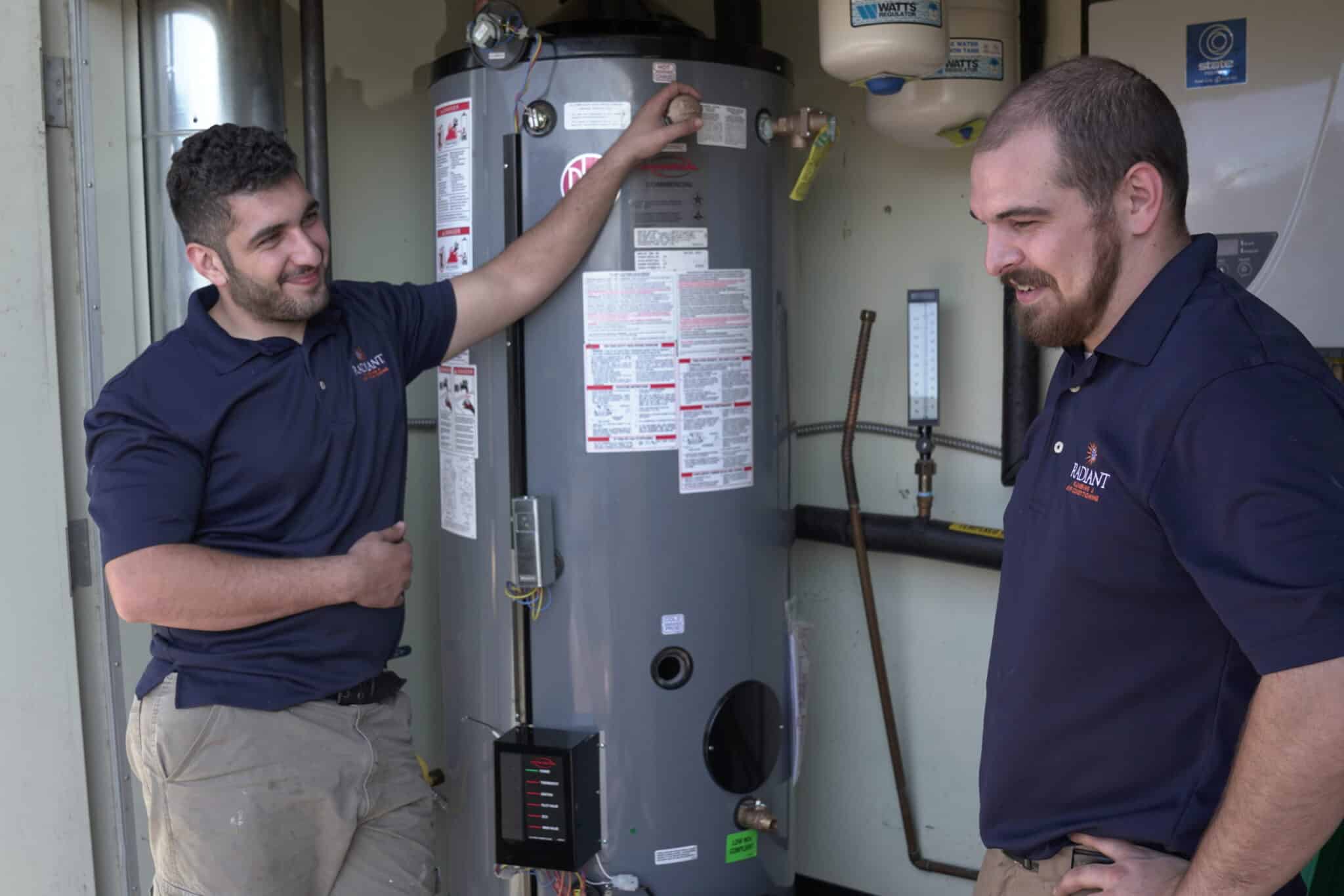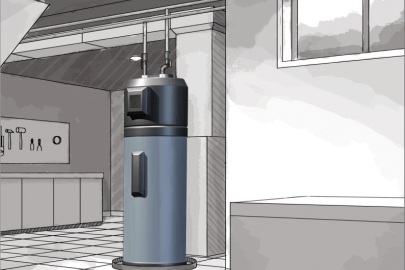Best Ways to Maintain Your Home's Hot Water System Successfully
Best Ways to Maintain Your Home's Hot Water System Successfully
Blog Article
What're your thoughts on How to Maintain Your Water Heater & Prolong its Life?

Hot water is vital for daily comfort, whether it's for a revitalizing shower or cleaning dishes. To guarantee your hot water system runs effectively and lasts much longer, regular upkeep is vital. This write-up offers functional tips and insights on just how to maintain your home's hot water system to stay clear of interruptions and pricey repairs.
Introduction
Keeping your home's warm water system might seem difficult, yet with a couple of simple steps, you can guarantee it runs efficiently for years ahead. This overview covers everything from understanding your hot water system to do it yourself upkeep tips and knowing when to call professional help.
Significance of Preserving Your Warm Water System
Normal upkeep not only expands the life-span of your warm water system yet additionally ensures it operates efficiently. Neglecting upkeep can bring about lowered performance, greater power costs, and also early failure of the system.
Indications Your Hot Water System Requirements Maintenance
Knowing when your hot water system needs attention can protect against significant concerns. Keep an eye out for indications such as irregular water temperature, unusual noises from the heating system, or corroded water.
Purging the Hot Water Heater
Flushing your water heater removes sediment build-up, improving performance and lengthening its life.
Monitoring and Replacing Anode Rods
Anode rods prevent corrosion inside the container. Inspecting and changing them when worn is vital.
Complicated Issues Requiring Specialist Assistance
Instances include major leakages, electric problems, or if your hot water heater is continually underperforming.
Regular Professional Maintenance Benefits
Professional maintenance can include thorough evaluations, tune-ups, and guaranteeing conformity with security requirements.
Evaluating and Adjusting Temperature Setups
Changing the temperature setups guarantees optimal efficiency and security.
DIY Tips for Upkeep
You can carry out several upkeep tasks on your own to keep your hot water system in leading condition.
Looking for Leaks
Regularly evaluate pipes and links for leaks, as these can lead to water damage and greater expenses.
Understanding Your Hot Water System
Prior to diving into maintenance jobs, it's valuable to understand the standard components of your warm water system. Generally, this consists of the hot water heater itself, pipes, anode poles, and temperature level controls.
Regular Monthly Upkeep Tasks
Regular month-to-month checks can help capture minor problems prior to they escalate.
Checking Pressure Relief Valves
Examining the stress safety valve ensures it works appropriately and avoids too much pressure buildup.
Shielding Pipes
Protecting warm water pipes minimizes warmth loss and can save energy.
When to Call a Professional
While DIY upkeep is valuable, some issues need specialist knowledge.
Verdict
Regular maintenance of your home's warm water system is crucial for efficiency, durability, and price financial savings. By following these suggestions and recognizing when to seek professional assistance, you can make certain a dependable supply of hot water without unforeseen disturbances.
Water Heater Maintenance Tips
Test the TPR Valve
Shut off the power and the cold-water supply valve. Place a bucket under the pipe connected to the temperature-pressure-release (TPR) valve on the top or side of the tank. (This valve opens if the tank pressure gets too high.) Lift the valve’s tab to let some water out, then let go. If water keeps flowing, drain the tank partway, unscrew the old valve with a pipe wrench, and install a new one. Check the Anode Rod
Put a hose to the tank’s drain cock and let out a few gallons of water. Now fit a 1 1/16-inch socket onto the rod’s hex head on top of the heater (or under its top plate) and unscrew the rod. If it’s less than ½ inch thick or coated with calcium, buy a new one, wrap its threads with Teflon tape, put it back in the tank, and tighten securely. Use this segmented rod if headroom above the tank is limited. Drain the Tank and Wash Out Sediment
Drain the remaining water in the tank into the bucket, then stir up the sediment on the tank’s bottom by briefly opening the cold-water supply valve. Drain and repeat until clean water comes out of the hose. Close the drain cock, refill the tank, and turn its power back on. Adjust the Temperature
Find the temperature dial on the side of the tank and unscrew its cover. Adjust the dial to 120 degrees using a flathead screwdriver. For every 10 degrees the temperature is lowered, you can expect to save up to 5 percent in energy costs. Turn the water heater off or the thermostat down to its lowest setting if you plan to be away from home for more than three days. Insulate the Pipes
Buy some self-sticking 3/8-inch-thick foam pipe insulation that matches the pipes’ diameter. Slide the foam over the hot-and cold-water pipes as far as you can reach. Insulating the cold-water pipe prevents condensation in summer. Peel the tape and squeeze the insulation closed. If the pipe is 6 inches or less from the flue, cover it with 1-inch-thick unfaced fiberglass pipe wrap. https://www.thisoldhouse.com/plumbing/21016402/how-to-maintain-a-water-heater

I recently found that post about Tips For Maintaining Your Hot Water Heater when doing a search on the search engines. You should set aside a second to promote this blog posting if you enjoyed reading it. Thank you for going through it.
Visit My Site Report this page